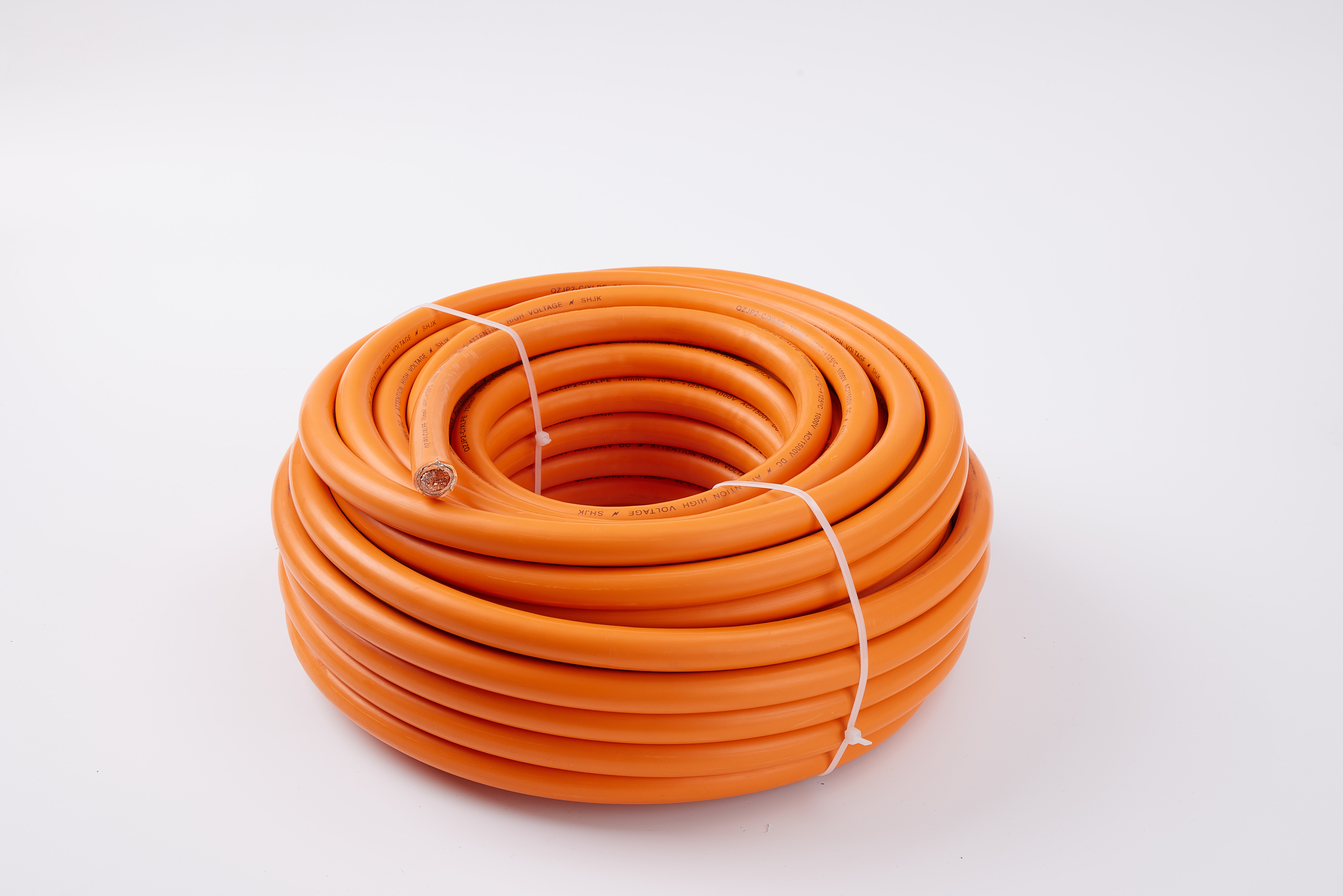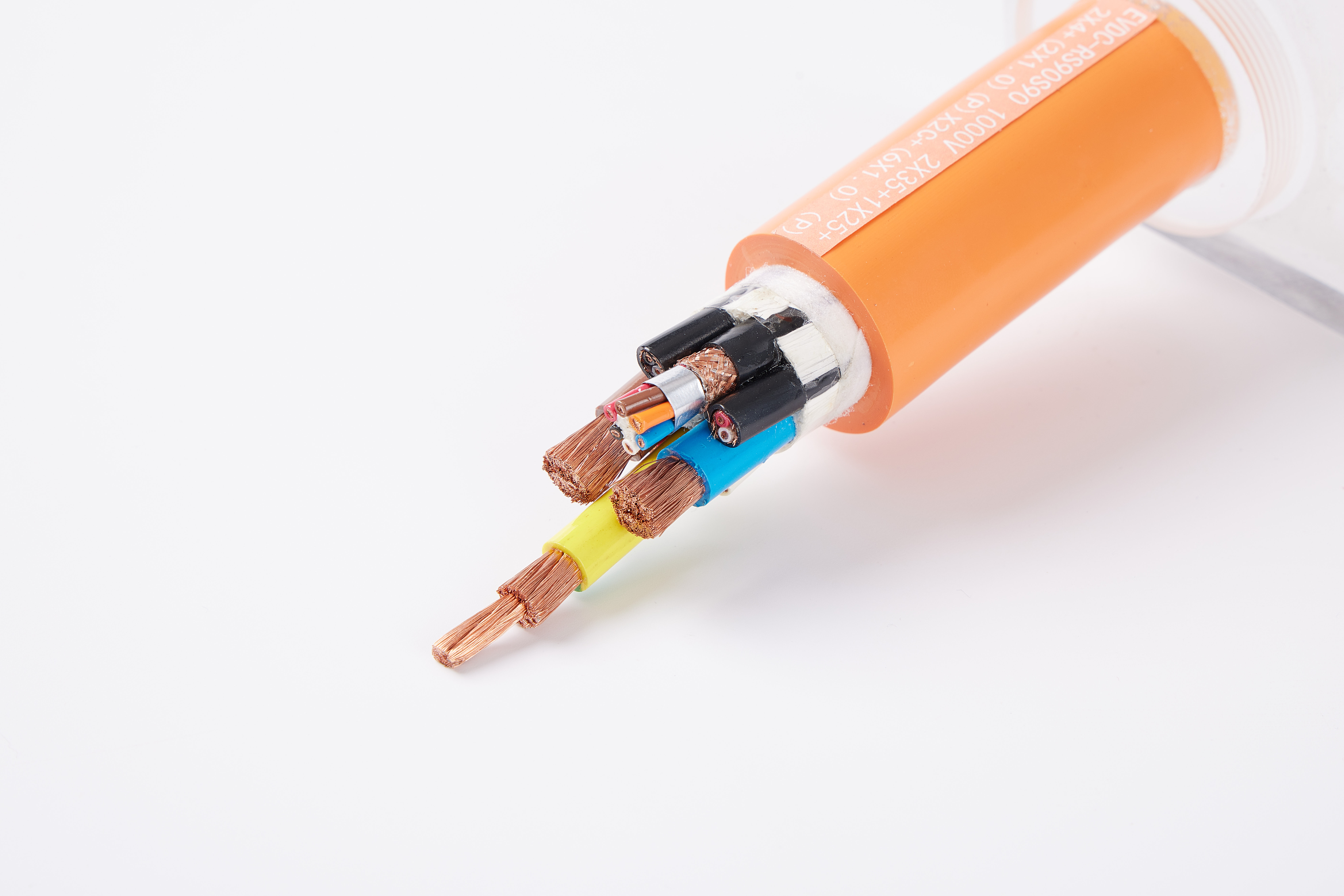Product advantages: This product carefully selects various special materials for electric vehicles, has passed the quality standard, has a long service life, and is affordable, and has been deeply trusted by customers.
Conductor type: The conductor is made of multi-strand oxygen-free copper wire, which has strong flexibility.
Insulation properties: special modified high temperature resistant elastomer material insulation, oil resistance, water resistance, corrosion resistance, high and low temperature resistance, high mechanical strength, excellent chemical stability and dielectric properties, good product performance, and safe use.
Applicable environment: -40℃~105℃
Applicable Products: Applicable to car charging pile equipment, mobile portable charging wire and cable device (spring wire series), electric vehicle internal wire (battery wire) / motor wire
Features
1. During the charging process, the cable has the characteristics of high voltage resistance, high temperature resistance, electromagnetic interference resistance, stable signal transmission, more than 10,000 times of bending resistance, more than 50,000 times of wear resistance, and more than 50,000 times of wear resistance during the charging process. More than 50,000 times, oil resistance, water resistance, acid and alkali resistance, UV resistance and other characteristics.
2. The concentricity of the product is good, which can reach more than 80%, so that the cable’s high-voltage resistance performance is stable and reliable.
3. The product is bent to 4D, which is convenient for use between corner wiring in narrow spaces. The product has high flexibility and is very convenient for vehicle wiring.
4. The rated temperature of the product is 125°C, which is a great technological progress and improvement for the flexible insulating material that is formed at one time, and is very important for ensuring the flexibility of the cable and improving the current-carrying capacity of the cable.
Post time: Dec-19-2022


